Guodong Fu
Year of birth: 1983
Where do you live: Boston
Your education: MFA of SMFA at Tufts
Describe your art in three words: Unclassifiable, Inexhaustible, Of the Future
Your discipline: Fine Arts, Painting and Drawing, Writing
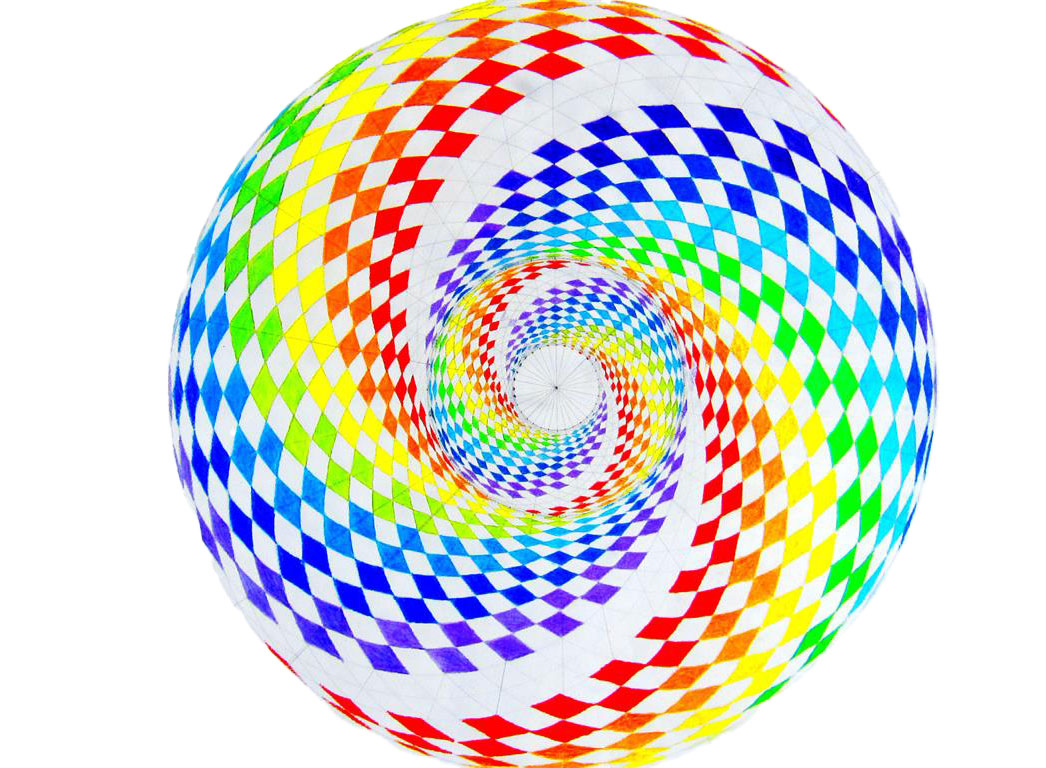
Guodong Fu | Fu Infinity |2019
You mention that painting is as natural as breathing. How do you maintain that spontaneity and instinctiveness in your work after so many years of painting?
I have never needed to maintain spontaneity and instinctiveness—just as I have never needed to maintain the spontaneity and instinctiveness of breathing, walking, or eating. The only thing I need to do is to perceive and remove the obstacles that hinder this spontaneity and instinctiveness.
Traditional art education, for me, was such an obstacle—haha. I first picked up the oil brush purely out of instinct, without any background in formal art education. I painted simply because I needed to paint—without it, I couldn’t survive. It was only after many years of artistic practice that I chose to enter art school for formal education. And then I realized I didn’t need that education—haha. I have no regrets; many things must be experienced before one can know. But the obstacles brought about by art education are ones I’ve had to consciously identify and remove. In other words, I’ve had to take what I learned in art school and move it out of my head.
Especially when I realized that known techniques, methods, and concepts could actually become a prison for vibrant, lively creative energy.
That’s just one example. Different obstacles arise at different times and places. I am always prepared.
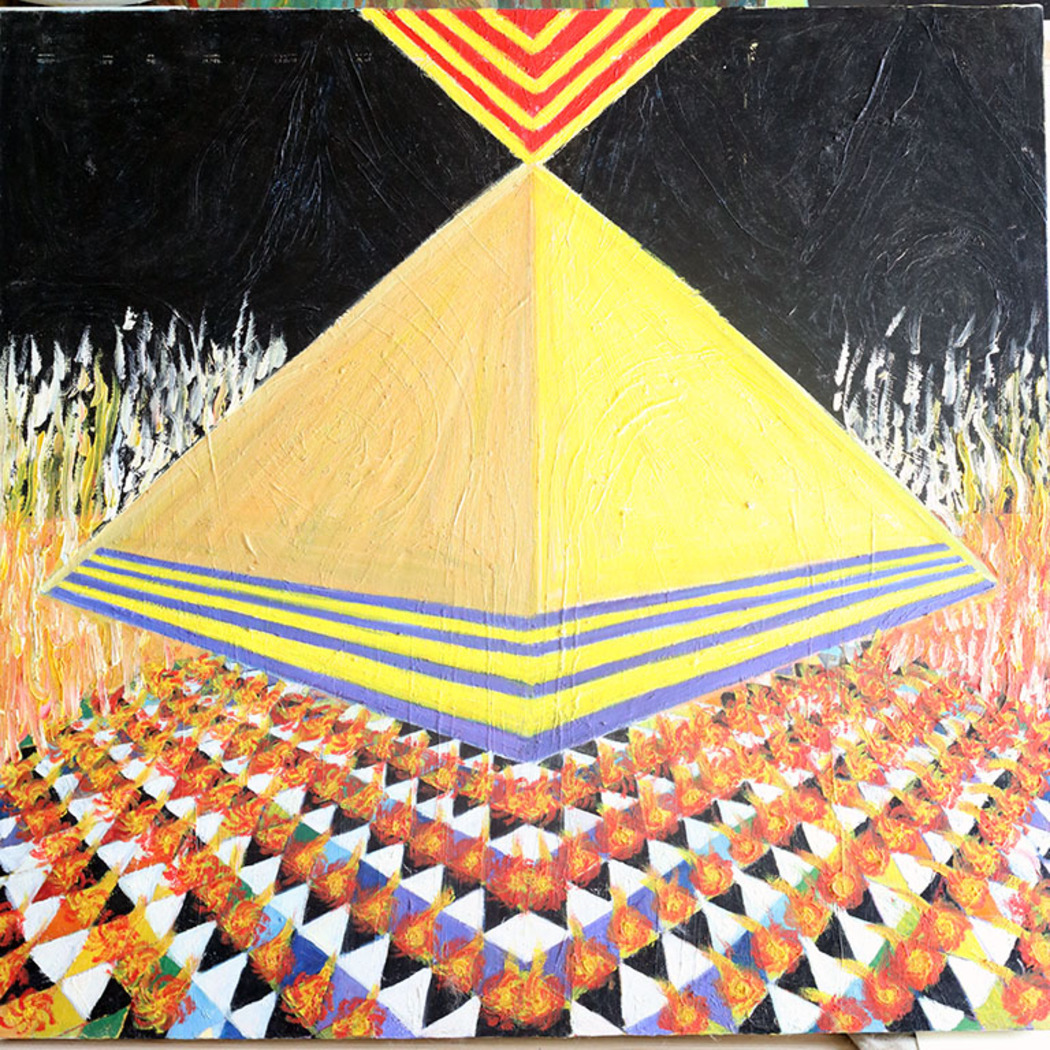 Guodong Fu | The burning pyramid | 2022
Guodong Fu | The burning pyramid | 2022
You have created close to 50,000 works of art. Can you describe your creative process and how it has evolved over the years?
When I first instinctively picked up the oil brush, I simply felt that the painting experience was extremely mysterious and exciting. I was fascinated—maybe even obsessed—with the experience, but I didn’t understand what I was doing. In other words, I didn’t know how that spontaneity of creation and expression was happening, nor did I understand my own works.
In the early years, the only thing I knew was: I had to paint. Nothing could stop me.
But over many years of artistic practice, I slowly began to decode the subconscious language expressed in my paintings. The process of summoning and perceiving the invisible unknown contents of the subconscious feels like treasure hunting in a vast underground world—it’s exhilarating. No worldly pleasure can compare to this secret exploration.
When old subconscious patterns arise, I can immediately recognize them in the act of painting. Over time, I’ve been able to interpret more and more—and still, the unknown continuously emerges. The known and the unknown are constantly intertwining. That’s why, to me, creativity can never run dry. The realm of artistic exploration is human consciousness itself. And if human consciousness is infinite, how could art practice ever come to an end?
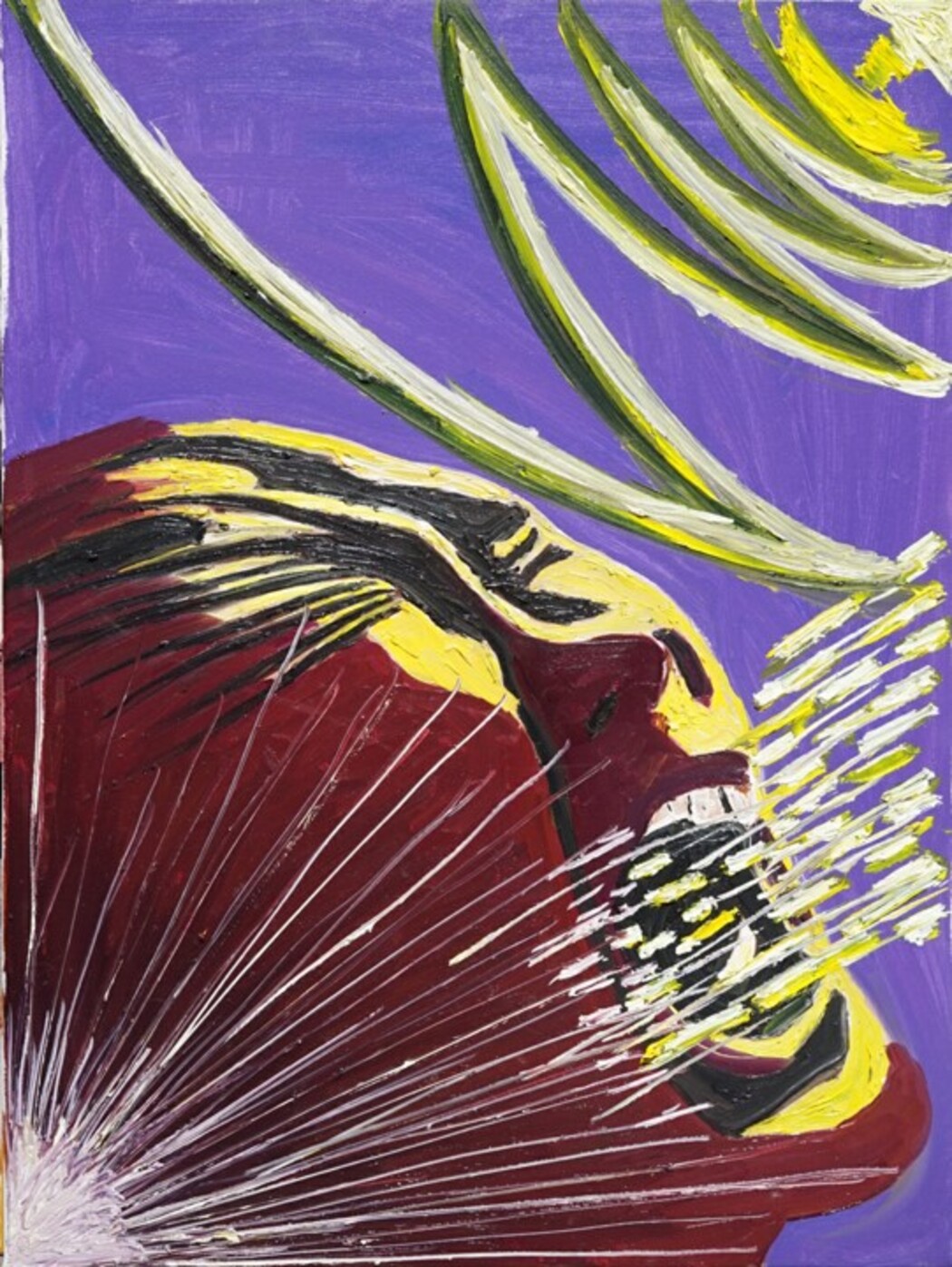 Guodong Fu | Metamorphosis | 2022
Guodong Fu | Metamorphosis | 2022
In your statement, you describe your paintings as a form of psychological research. How do you feel when you observe what emerges in your works?
Let me use a metaphor. Through painting, I access the shadowy world of the subconscious. During this process, I may discover treasures, but I also encounter beasts and demons. Often, I must pass through trials set by the beasts and demons before I can open the treasure doors. This metaphor accurately reflects my years of painting experience.
Painting reveals the wildest, most chaotic, and darkest parts of the subconscious. But once I make it through that terrain, there’s a whole other world on the other side. This is the repeated process of destruction and reconstruction, death and rebirth, that happens within my painting practice.
You emphasize that art is about making the invisible world of consciousness visible. Can you share more about what this means to you and how it affects your work?
My entire approach to art is deeply influenced by Tibetan Buddhism and Jungian depth psychology.
I once lived in Tibet for a year, visiting many places and seeing a vast number of thangka paintings. To me, the visual language of thangka is entirely symbolic—it communicates the teachings and wisdom of Tibetan Buddhism through symbols and metaphors. The depth of consciousness and wisdom contained in Tibetan Buddhism is so profound that I don’t believe language can fully express it. Yet thangka paintings manage to do it through their unique symbolic visual language.
For me, Tibetan thangka art is a miracle in the entire history of human art—a model of translating the invisible world of consciousness into visible visual form.
Being born in China and having the opportunity to be in close contact with the mystical culture of Tibet has been a unique stroke in my artistic journey. My ability to fluidly shift between and organically fuse Eastern and Western cultural perspectives is also what makes my art distinctly different from others.
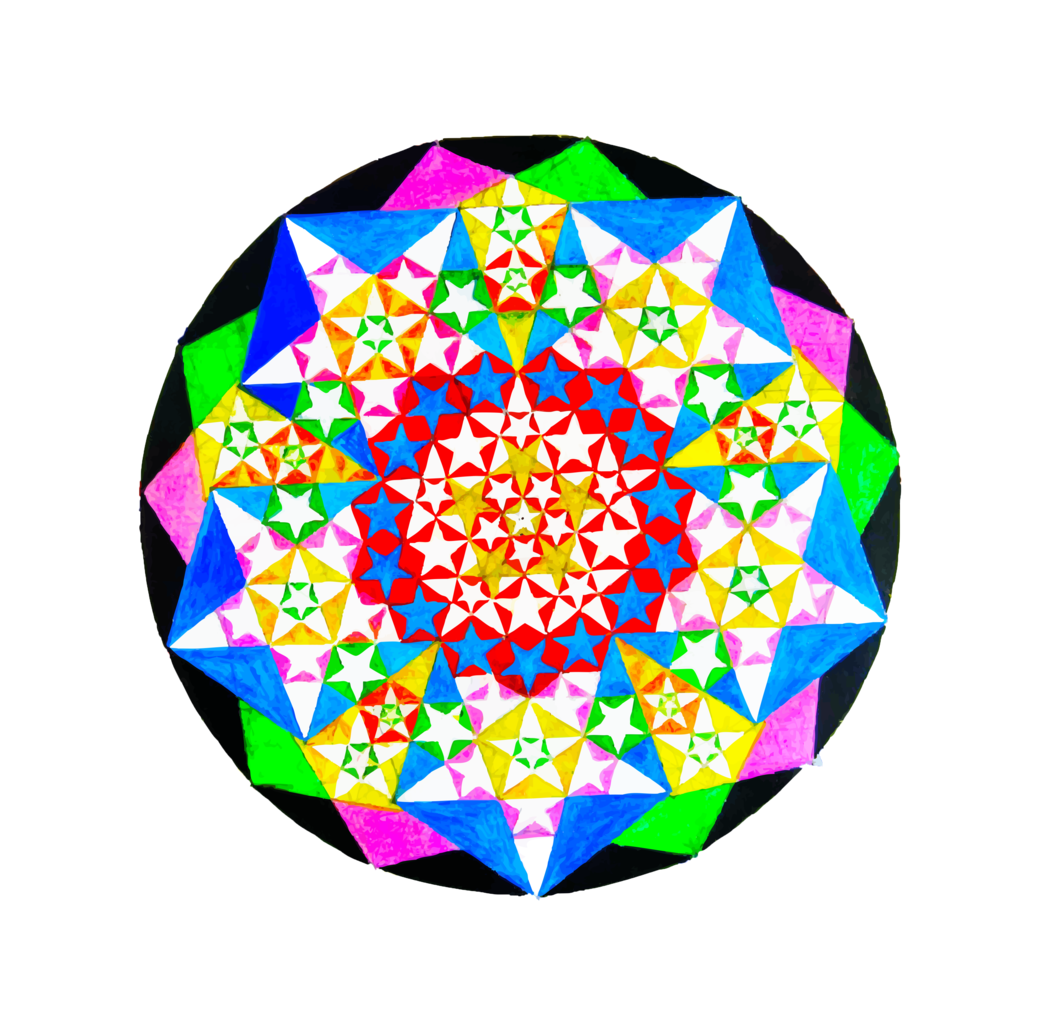 Guodong Fu | Fu Stars | 2019
Guodong Fu | Fu Stars | 2019
Your work is driven by intuition rather than logic or analysis. How do you trust and interpret your intuition during the painting process?
First, I want to clarify—what exactly is intuition?
True intuition comes after one has gone through sufficient logical analysis and rational thinking. It arises from a clear understanding of the limits of logic and reason—and only then does one choose to let go of attachment to logic and surrender to the unknown. So true intuition transcends logic and reason; it’s not a rejection or avoidance of them, nor is it a lack of analytical ability.
Applied to artistic creation, intuitive painting is born out of an understanding of traditional techniques, methods, and concepts—and then, an awareness of their limitations, followed by a conscious choice to set them all aside and allow the creative process to step fully into the unknown.
All trust is based on understanding. Staying within the traditional, the known, the logical—it’s safe. But leaping into the abyss of intuition and the unknown—fear is inevitable.
In your view, what is the difference between your method of working with art and the more traditional approaches in psychology or art therapy?
The most essential difference lies in how I define my role. I have always identified myself as an artist—not someone engaged in art therapy. The reason I repeatedly mention the healing power of art is because it’s an unshakable truth: wherever real art takes place, genuine healing inevitably follows. This has been one of the most precious experiences in my artistic journey.
But art is not just that. What I mean is, the potential of art goes far beyond healing.
Let me give you one example. In 2024, I had a landlord who habitually oppressed and emotionally abused his tenants. Due to some irreconcilable conflicts, we ended up in local court. I still vividly remember the moment I stood in the center of that courtroom and presented to the judge the hundreds of paintings I had created in response to that oppressive landlord-tenant relationship. What I felt in that moment was power. Art can support me at any level, and in any form.
My aspiration for the role I play in society is this: by demonstrating the unconventional relationship I have developed with art, and by sharing my unique experiences, I hope to inspire more people to explore their own unique and unknown relationship with art—in their own way. Only in this way can the possibilities of art continue to expand, rather than being confined within tradition and the already-known, which honestly bore me deeply.
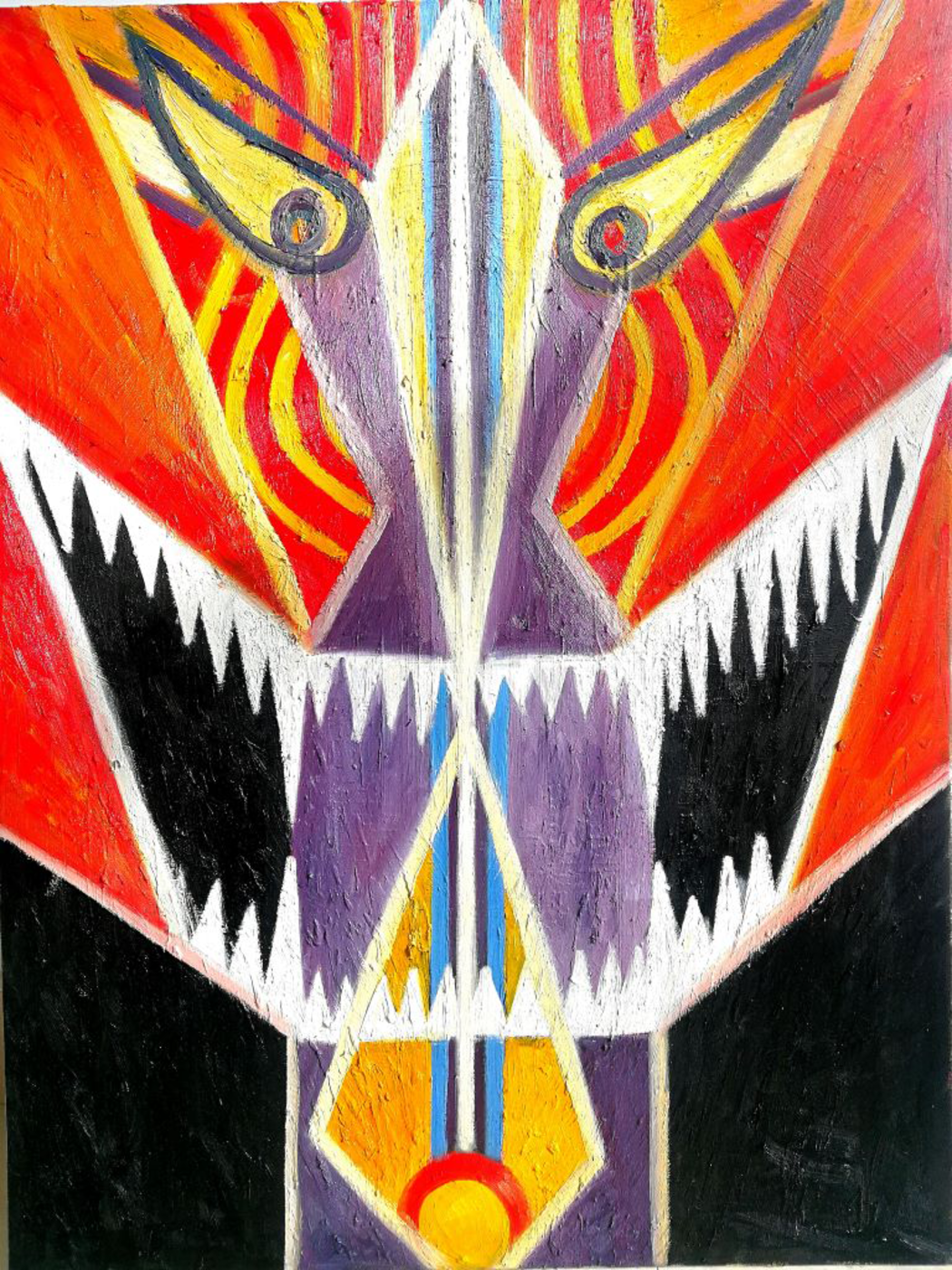 Guodong Fu | Wrathful deity | 2022
Guodong Fu | Wrathful deity | 2022
You intentionally avoid explaining the specific themes or content of your work. How do you think this contributes to the impact of your art on the audience?
The most direct reason I avoid explaining the specific themes or contents of each painting is because I’ve created too many works. The content spans such a wide range of conscious realms and levels that I simply don’t have the patience to explain them all.
However, after years of artistic practice, I can abstract and integrate everything into a framework and share that with viewers—distilling the content and presenting only the core information.
Of course, my core belief is: images can directly engage in subconscious communication without the need for verbal language. This is a human instinct and requires no effort. But that brings us back to the first question—instinct is easily blocked. Any instinct that is denied or suppressed for too long will eventually atrophy. So if I truly want to give my art a chance to communicate with the public, then providing some essential verbal interpretation is helpful.
Just as I’m doing in this interview.
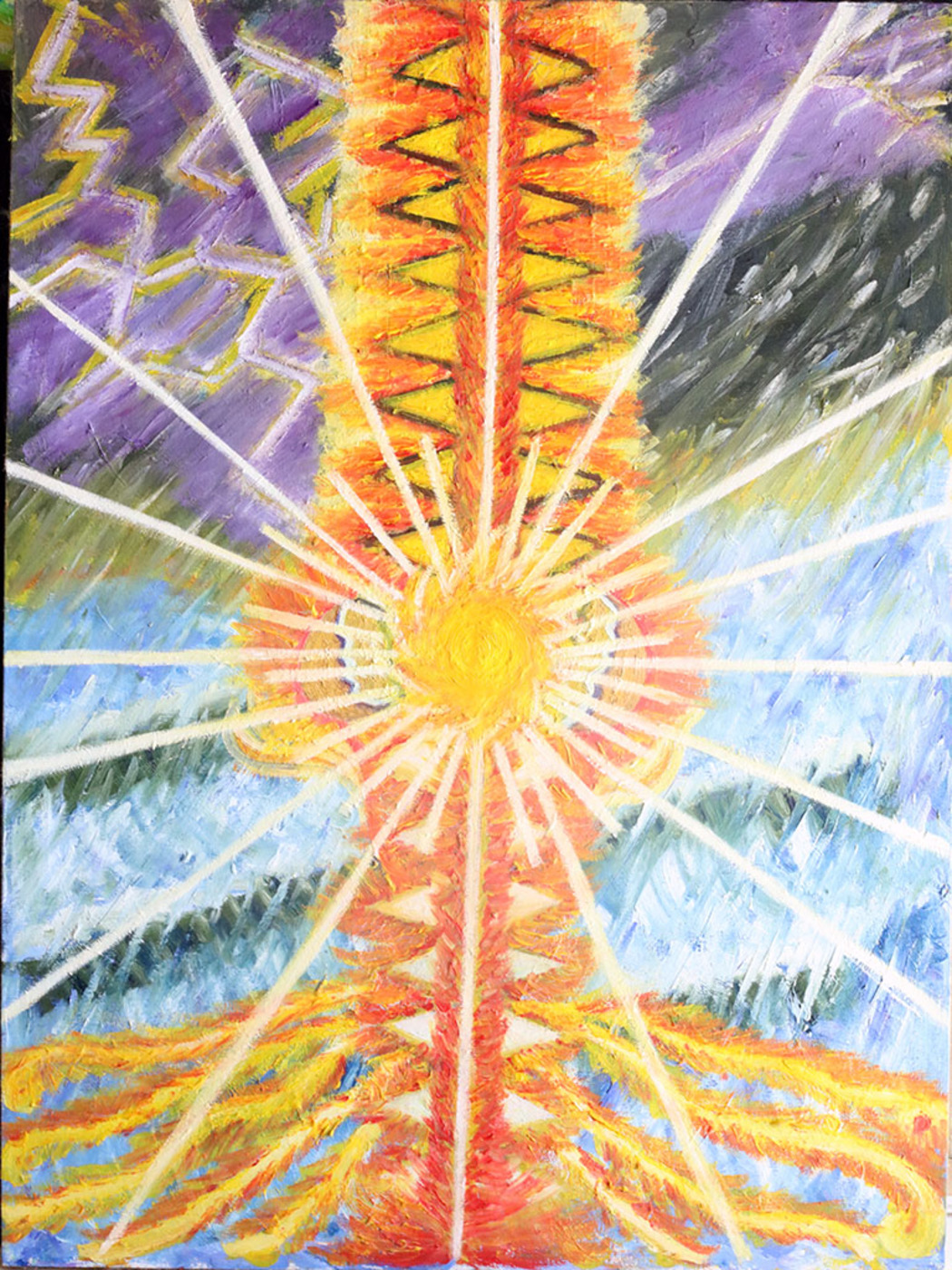 Guodong Fu | The enlightenment in storm | 2019
Guodong Fu | The enlightenment in storm | 2019

Leave a Reply